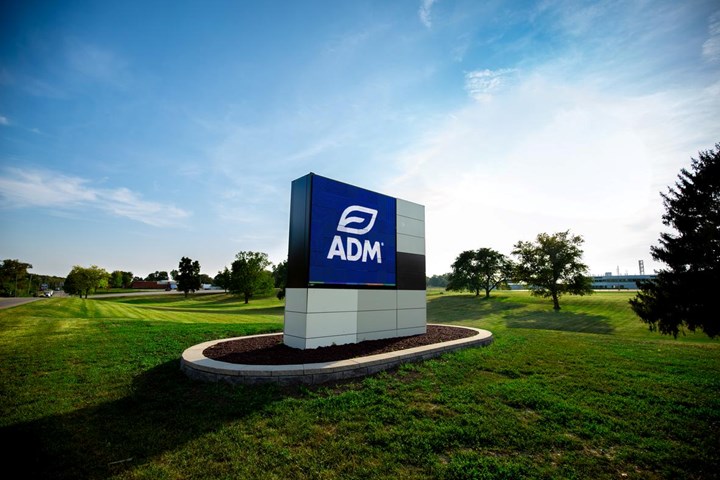ADM and LG Chem Launch Two Joint Ventures for U.S. PLA Production
The companies aim to produce 330.7 million/lbs of lactic acid and 165.3 million/lbs of PLA.
With Decatur, Ill., the intended location, (ADM) and South Korea’s petrochemicals and advanced materials producer have launched two joint ventures for U.S. production of lactic acid and PLA (polylactic acid) to meet growing demand for a wide variety of plant-based products, including bioplastics.

The first joint venture, GreenWise Lactic, would produce up to 330.7 million lb/yr of high-purity corn-based lactic acid. ADM would be the majority owner of GreenWise and would contribute fermentation capacity from its Decatur bioproducts facility to the venture. The second joint venture, LG Chem Illinois Biochem, would be majority-owned by LG Chem. It would build upon LG Chem’s expertise in bioplastics to build a facility that will use product from GreenWise Lactic to produce approximately 165.3 million lb/yr of PLA.
The joint ventures, which are subject to required regulatory approvals, hope to make final investment decisions around the Decatur projects in 2023. Pending final investment decisions and approvals, construction would be targeted to begin in 2023, and production in late 2025 or early 2026, with the two joint ventures supporting more than 125 jobs in the Decatur region. Both ventures are participating in the State of Illinois’ Economic Development for a Growing Economy (EDGE) program, which provides incentives to job creators who plan to make investments in Illinois
Global demand for lactic acid – which is used broadly in food, feed and cosmetics in addition to industrials like bioplastics – was valued at approximately $2.9 billion in 2021, with an expected annual growth rate of 8%. Global demand for bioplastics and biopolymers is projected to grow from $10.7 billion in 2021 to $29.7 billion by 2026, representing annual growth of 22.7%.
Related Content
-
Prices Up for All Volume Resins
First quarter was ending up with upward pricing, primarily due to higher feedstock costs and not supply/demand fundamentals.
-
Polymer Science for Those Who Work With Plastics: Why Entanglements — Not Just Molecular Weight — Drive Plastic Performance
Ever try running your fingers through tangled hair? Yeah … that’s not fun, but that’s what happens at the molecular level when polymer chains reach the right length. They wrap around each other, intertwine and … get stuck — and those tangles are the real reason plastics perform the way they do.
-
The Fantasy and Reality of Raw Material Shelf Life: Part 2
For the vast majority of thermoplastics, the stability of the materials can be stated in years, not months. But there are exceptions where shelf life can be a serious issue.




